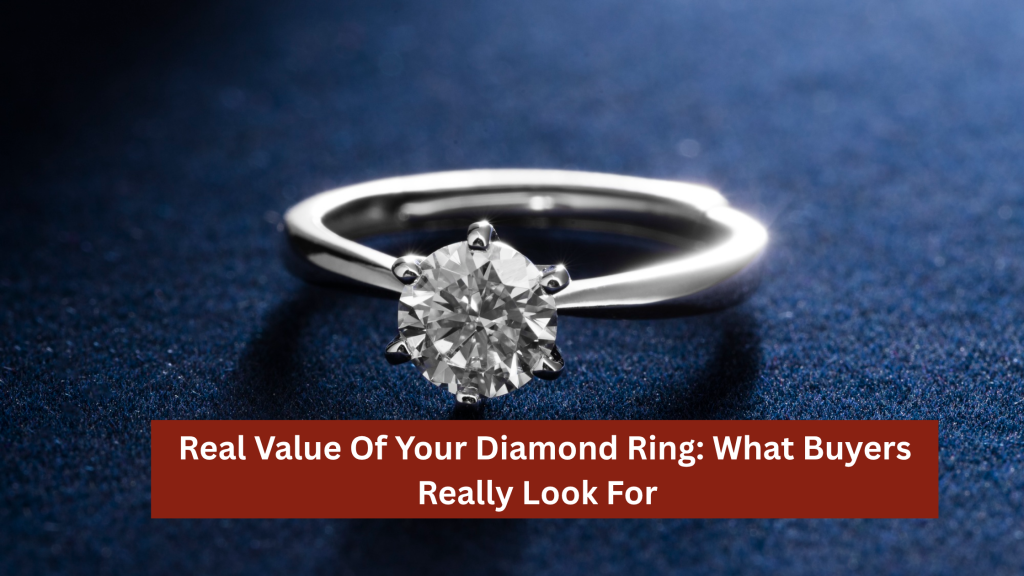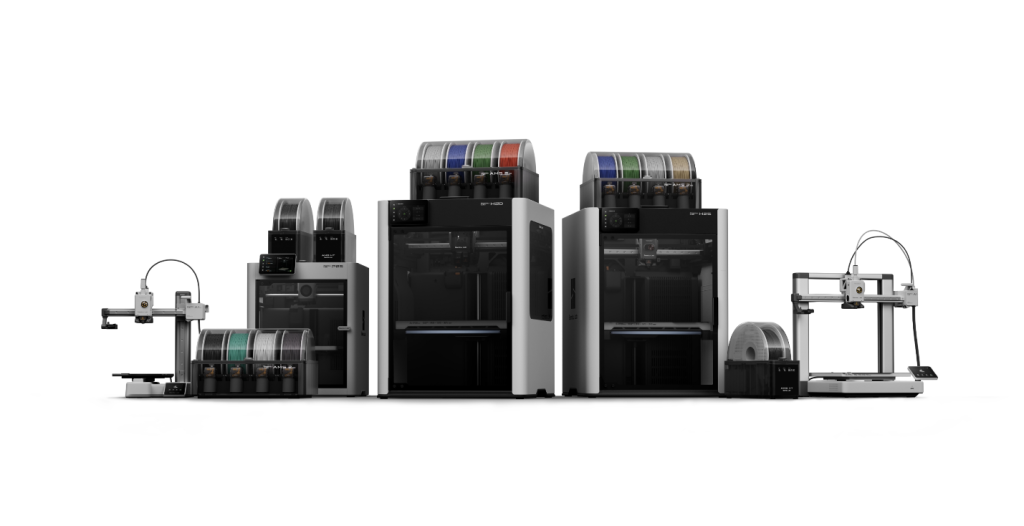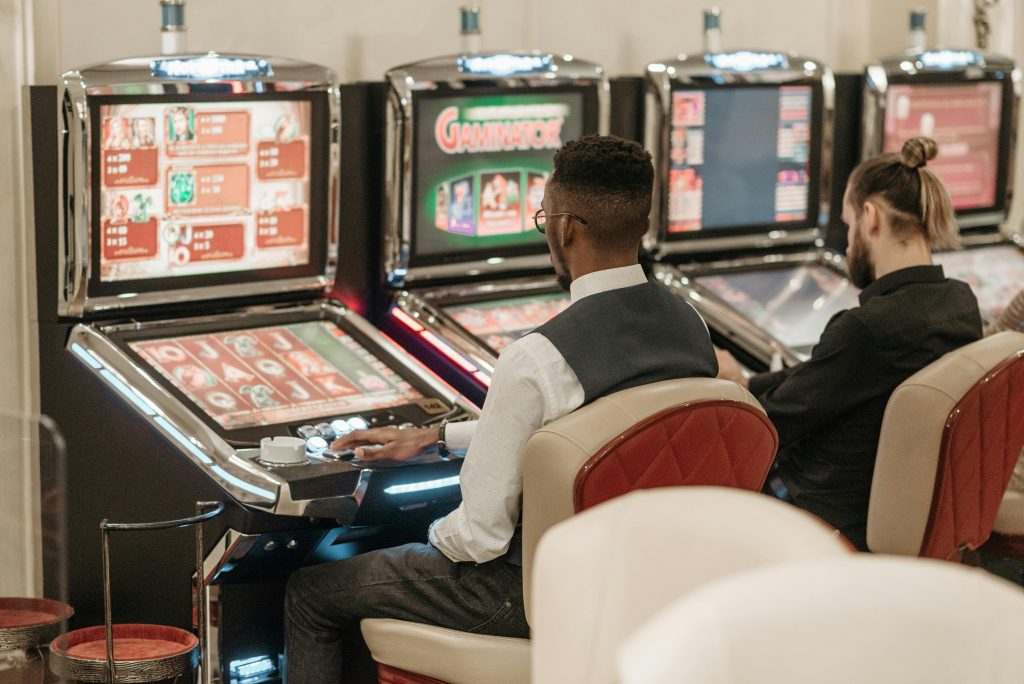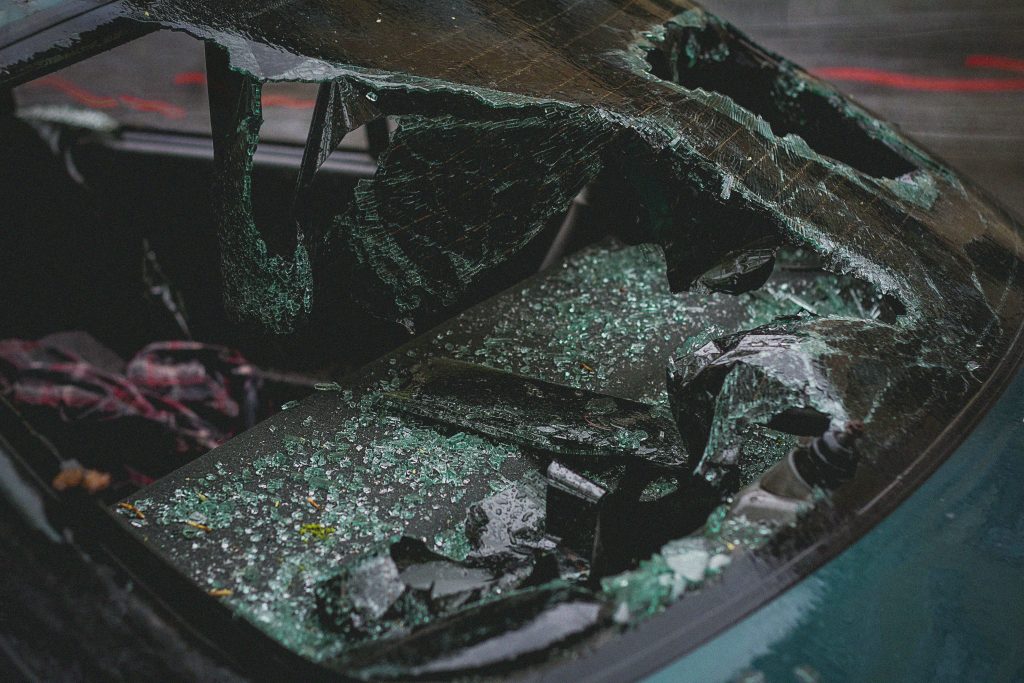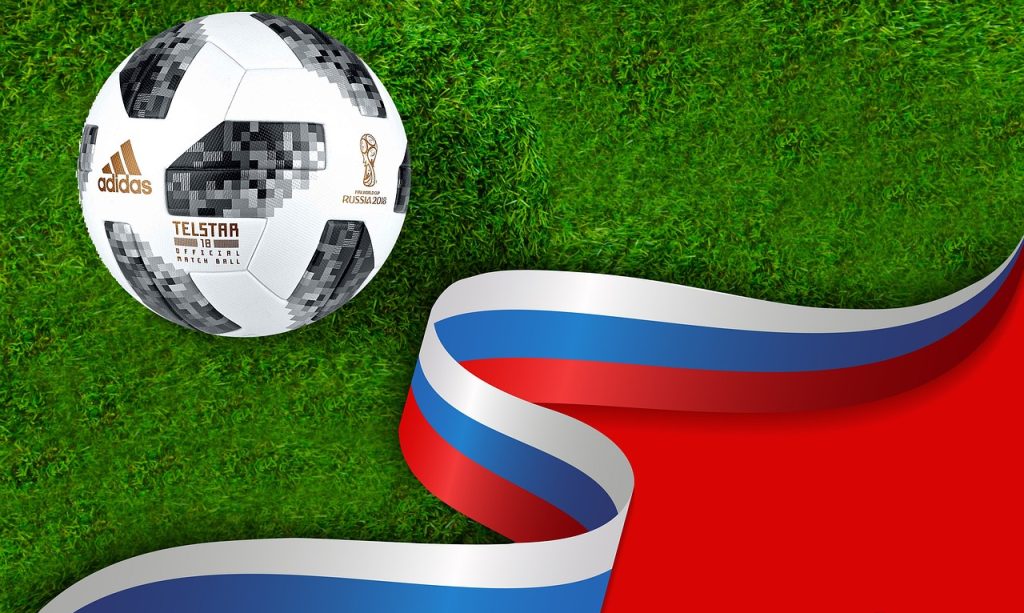A diamond ring holds emotional significance, but when it comes to selling, buyers are more interested in technical concerns than emotions. They assess cut, clarity, carat, certification, and metal content to establish what they can resell it for.
Two rings that sold for the same price at the time of purchase can elicit very unequal offers, as buyers evaluate each piece up close and personally. Understanding this process helps you manage your expectations and increase the prospects of receiving a fair offer.
Your ring is not viewed as a keepsake at this moment; it’s considered on a scale of various factors that help decide its resale potential. If you’re planning to sell one, here is how buyers assess your diamond ring, and what impacts the offer.
1. Actual Market Value For When You Sell Diamond Ring
The amount you receive when you sell diamond ring is a reflection of what today’s market buyers can realistically resell it for. When it comes to the secondary market, retail prices and brand names have no bearing on the value.
Buyers use diamond pricing indexes as a reference, comparing your ring to active listings by adjusting for demand in effect at that moment.
Rings with the most common cuts and weights often receive higher offers, but those with low clarity or that are out of style may fetch less. Buyers pay attention to liquidity, or how easily they can move the diamond to a new customer.
A ring that falls outside the average demand will be priced lower, based on the expected time and risk of finding a buyer. Understanding that market value drives offers will give you a realistic perspective on the value of your property.
2. Certification and Cut Quality
Resale is also heavily dependent on certification. Certified diamonds (such as those with the GIA or AGS) carry some validity because they provide quantifiable specifications regarding the color, clarity, cut, and proportions of a diamond.
Buyers trust this data, which lowers their risk and increases the offer. Grading is generally necessary with a non-certified stone and will detract from its value. Certification records the GIA 4Cs and other specifications, such as polish, symmetry, and depth percentage, all of which affect how a stone reflects light.
The measure of brilliance is how buyers assess proportions and facet symmetry. An inefficiently cut stone with excellent clarity may even be worth less than an efficiently cut gem with a bit of a sacrifice in clarity. Cut quality, along with certification, helps to build up buyers’ confidence in your diamond’s marketability.
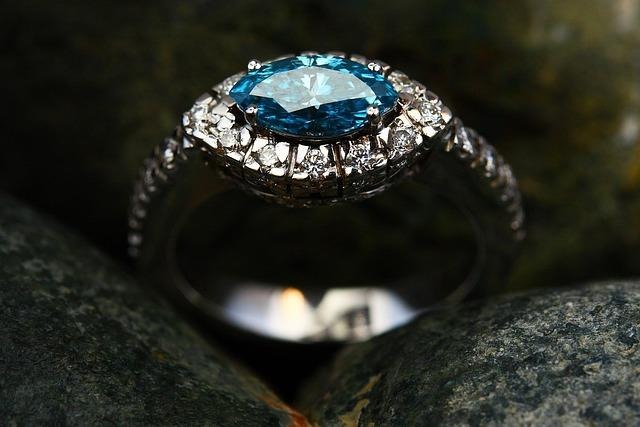
3. Carat, Color, and Clarity
Visibility and resale interest are obviously influenced by carat weight. Stones that weigh milestone weights, such as 0.50, 1.00, or 1.50 carats, tend to sell first, as buyers know clients typically shop within those weight categories. Very slight rounding, for example, a 0.94-carat diamond, may decrease bids because the buyer needs to adjust the resale price.
Demand is also influenced by color and clarity, but the way buyers weigh these factors differs from that of retail consumers. Eye-clean diamonds in the G-H color category generate more interest than flawless D-color stones that take longer to liquidate.
Any visible inclusions or weak color diminishes resale bids on even the highest-priced retail items. What buyers are interested in are diamonds that match aesthetic appeal, which is why mid-range grades often command the highest premiums on the secondary markets.
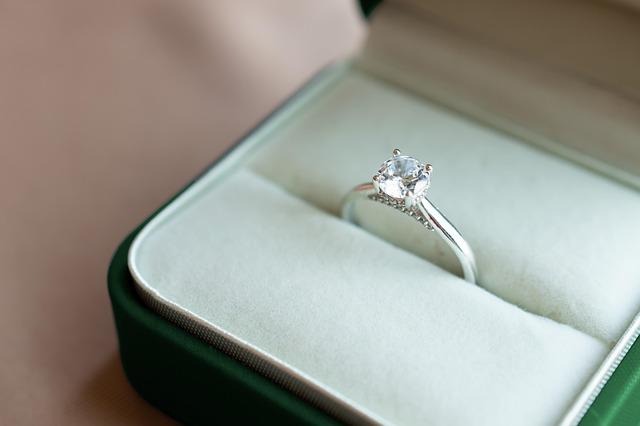
4. Metal and Setting Style
All that is offered, of course, is built around the diamond (or diamonds), but there’s also what the setting brings to it in metal type and design. Platinum and gold are worth more than 14k or mixed alloys. Buyers assess the security of small stones in pavé or vintage-style settings; loose stones or worn prongs reduce interest because repairs can be time-consuming and costly.
Classics sell faster: solitaire or bezel designs typically sell more quickly, as they are popular across the board. Buyers often remove the diamond from the setting and, in some cases, resell it separately. Recognition of this fact puts into context why custom or sentimental designs rarely lead to higher offers. The stone still carries a value based on its potential resale.
5. Market Demand and Timing
The only downside (as it is for most people) is that your first offer will be subpar simply because they don’t know the market price at which they can sell your diamond to a wholesale network, a private customer, or through an online marketplace.
Indeed, some cuts and grades become the fad at different times. As an example, round brilliant diamonds with G-H color and VS clarity may be in demand more one month, but not so much the next. Buyers also compare your stone against the stones that they have in their inventory.
If they are abundant, the offer factors in holding costs and lowers the bid. Understanding these cycles will help you comprehend why timing may influence your sale.
In other words, rings that match current buyer demand and market trends will yield higher offers; off-trend styles or saturated categories will result in lower quotes.
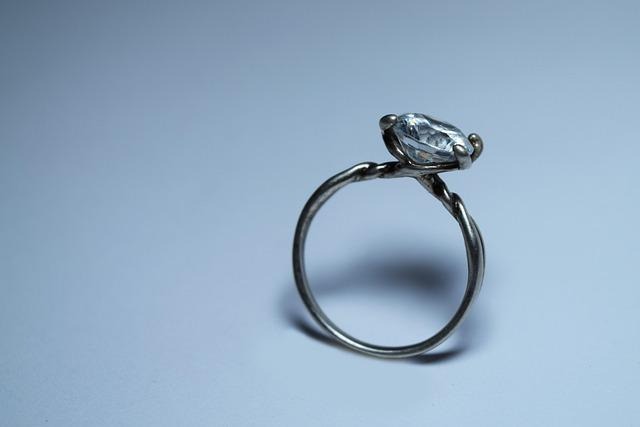
Conclusion
Your diamond ring is only worth what buyers care about, i.e., certification, cut quality, carat weight, color, and clarity of the stones in your setting, as well as its market value. Rings with a strong cut quality, certified documentation, and balanced grades receive better offers because they fit active buyer demand and are more easily resold.
Once you understand how a buyer values your ring, you can enter the sale with greater knowledge and confidence about the factors that influence the final offer, and why some rings are worth more than others.


